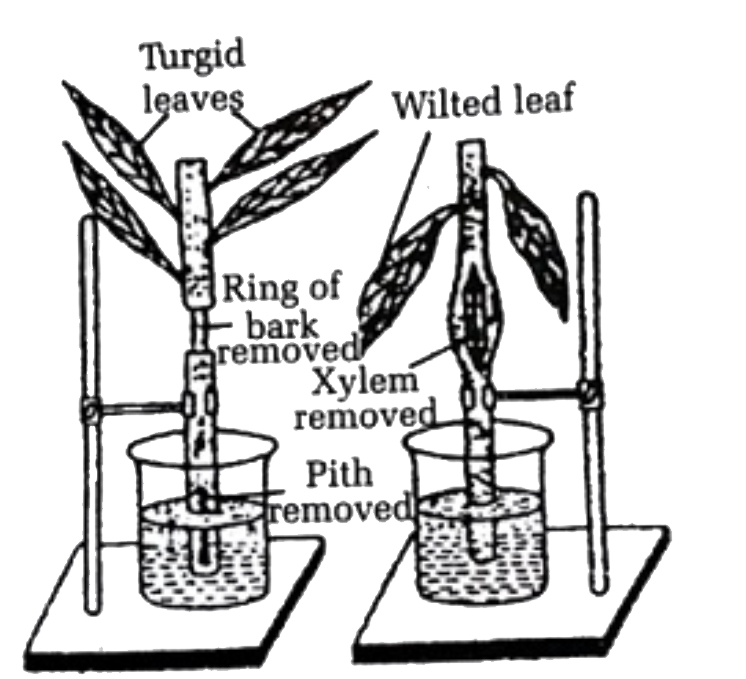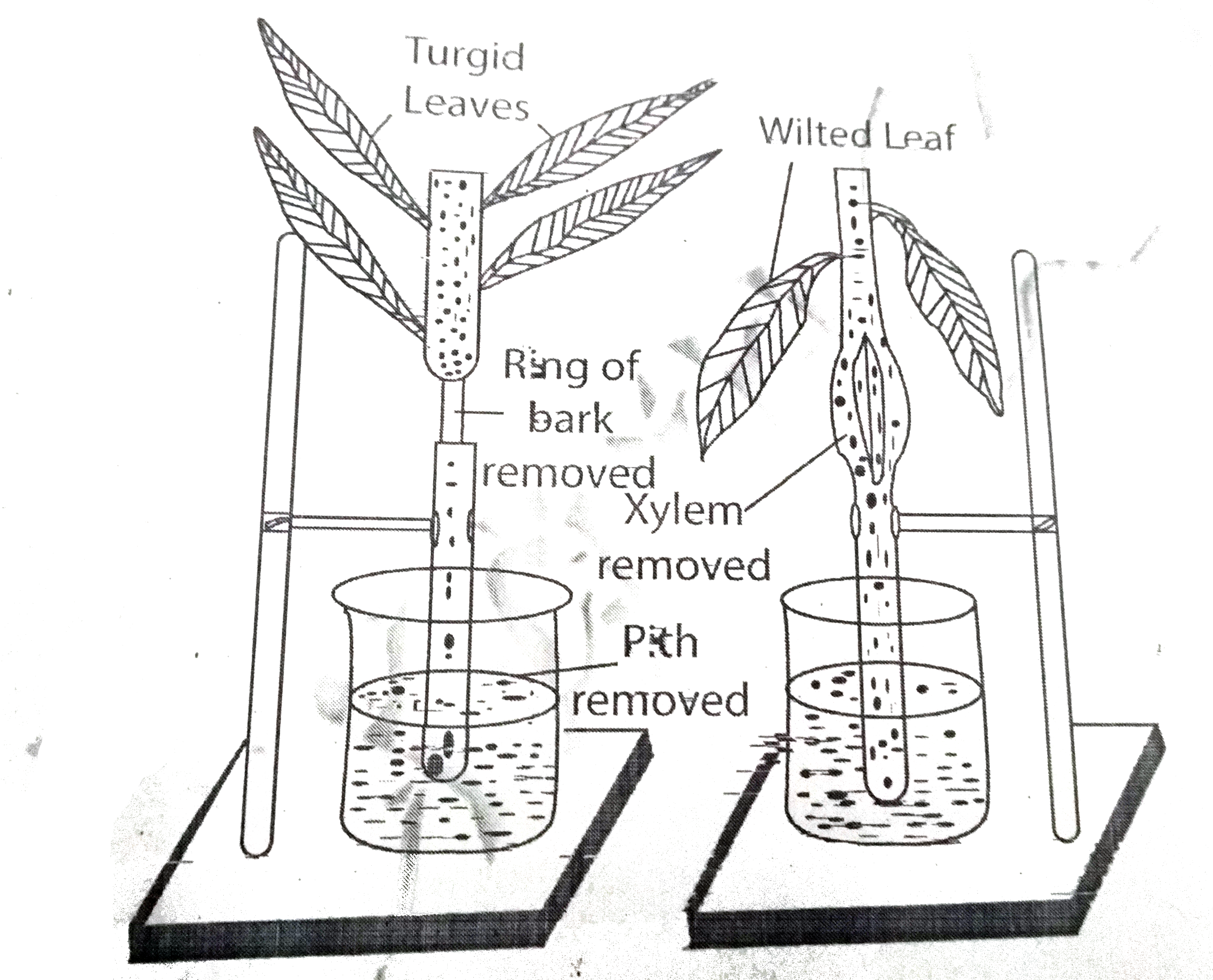Identify the reaction that takes place in stroma and mention the major steps that are involved in it.
Step-by-Step Solution:
1. Identify the Reaction in the Stroma: The reaction that takes place in the stroma of chloroplasts is known as the "Calvin Cycle" or "Dark Reaction."
2. Major Steps Involved: The Calvin Cycle consists of three major steps:
- Step 1: Carbon Fixation: In this step, carbon dioxide (CO2) from the atmosphere is fixed into a stable intermediate. This is catalyzed by the enzyme RuBisCO, which combines CO2 with ribulose 1,5-bisphosphate (RUBP).
- Step 2: Formation of Sugar: The stable intermediate formed in the first step undergoes a series of reactions to produce glyceraldehyde-3-phosphate (G3P), which is a three-carbon sugar. Some of this G3P is used to form glucose and other carbohydrates.
- Step 3: Regeneration of RUBP: In the final step, the remaining G3P molecules are used to regenerate RUBP, allowing the cycle to continue. This regeneration is crucial for the cycle to repeat and continue fixing carbon.
3. Conclusion: The Calvin Cycle is essential for photosynthesis as it converts carbon dioxide into organic compounds, which are vital for plant growth and energy.
---
- Step 1: Carbon Fixation: In this step, carbon dioxide (CO2) from the atmosphere is fixed into a stable intermediate. This is catalyzed by the enzyme RuBisCO, which combines CO2 with ribulose 1,5-bisphosphate (RUBP).
- Step 2: Formation of Sugar: The stable intermediate formed in the first step undergoes a series of reactions to produce glyceraldehyde-3-phosphate (G3P), which is a three-carbon sugar. Some of this G3P is used to form glucose and other carbohydrates.
- Step 3: Regeneration of RUBP: In the final step, the remaining G3P molecules are used to regenerate RUBP, allowing the cycle to continue. This regeneration is crucial for the cycle to repeat and continue fixing carbon.
Topper's Solved these Questions
- BOOK - PEARSON IIT JEE FOUNDATIONCHAPTER - LIFE PROCESSES IN PLANTSEXERCISE - MASTERING THE CONCEPTS (APPLICATION AND ANALYSIS)12videos
LIFE PROCESSES IN PLANTS
- BOOK - PEARSON IIT JEE FOUNDATIONCHAPTER - LIFE PROCESSES IN PLANTSEXERCISE - MASTERING THE CONCEPTS (ASSERTIONS AND REASONS)10videos
LIFE PROCESSES IN PLANTS
- BOOK - PEARSON IIT JEE FOUNDATIONCHAPTER - LIFE PROCESSES IN PLANTSEXERCISE - TEST YOUR CONCEPTS (SELECT THE CORRECT ALTERNATIVES)21videos
LIFE PROCESSES IN PLANTS
- BOOK - PEARSON IIT JEE FOUNDATIONCHAPTER - LIFE PROCESSES IN HUMAN BEINGS - II (RESPIRATORY AND CIRULATORY SYSTEMS)EXERCISE - QUICK RECAP5videos
LIFE PROCESSES IN HUMAN BEINGS - II (RESPIRATORY AND CIRULATORY SYSTEMS)
- BOOK - PEARSON IIT JEE FOUNDATIONCHAPTER - REPRODUCTION IN HUMAN BEINGSEXERCISE - ASSESSMENT TESTS35videos
REPRODUCTION IN HUMAN BEINGS
Similar Questions
Knowledge Check
- Question 1 - Select One
Identify the reaction that does not take place in blast furnace
A2Fe2O3+3C→4Fe+3CO2BCO2+C→2COCCaCO3→CaO+CO2DFeO+SiO2→FeSiO3 - Question 2 - Select One
Identify the reaction that does not take place in a blast furnace
A2Fe2O3 + 3C ⇒ 4Fe + CO2BCO2 + C → 2COCCaCO3 → CaO + CO2DFeO + SiO2 → FeSiO3 - Question 3 - Select One
Identify the reaction that does not take place in a blast furnace
ACaCO3→CaO+CO2BCaO+SiO2→CaSiO3CCO2+C→2COD2Fe2O3+3C→4Fe+3CO
What is scientific method? Mention the various steps involved in it.
View SolutionMention the reaction involved.
View SolutionIdentify the process taking place in this experiment.
 View Solution
View SolutionIdentify the reaction that does not take place during the smelting process of copper extraction
View SolutionIdentify the process taking place in this experiment.
 View Solution
View Solution

